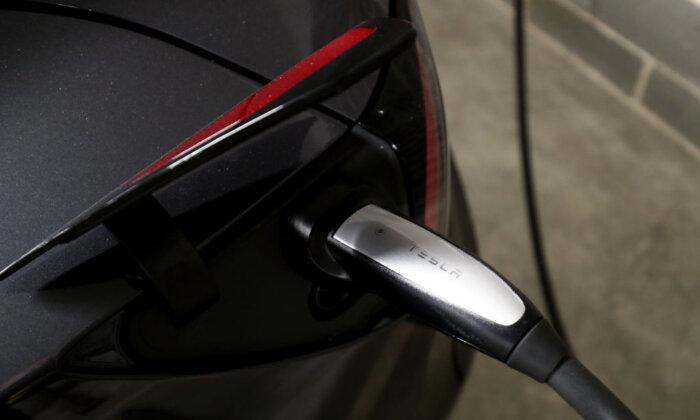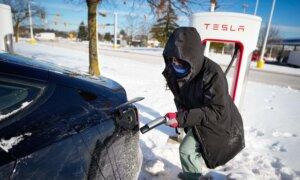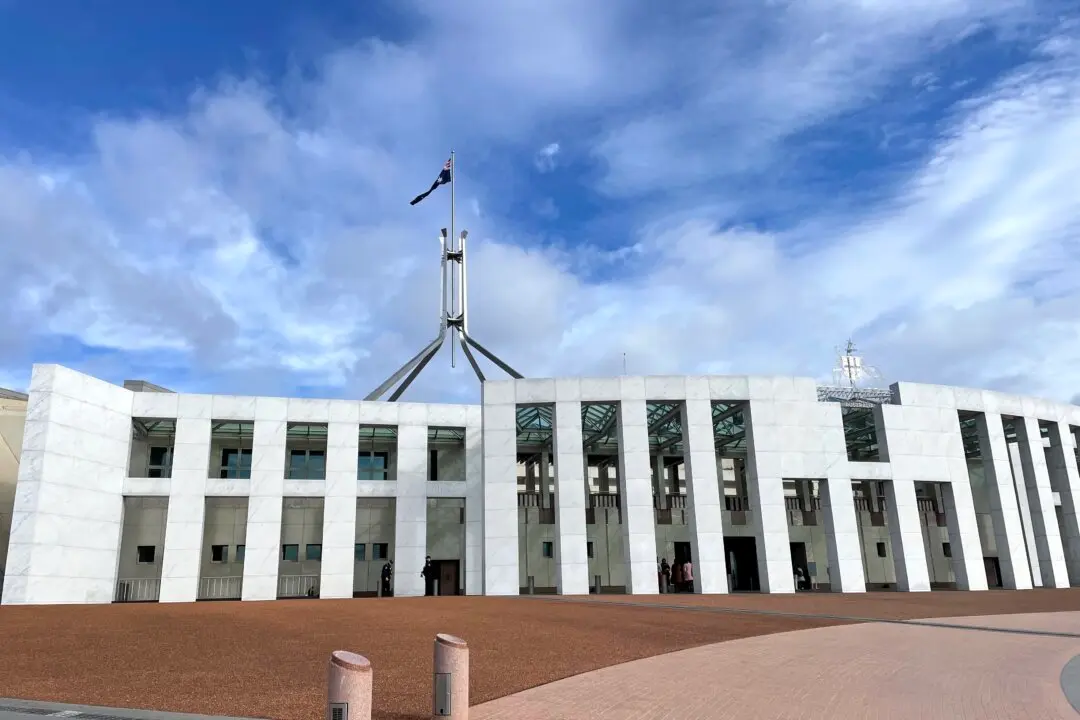Electric vehicle (EV) sales in Australia rose to take up 9.6 percent of the new car market in February, however, utility vehicles still remain the most popular, according to the Federal Chamber of Automotive Industries (FCAI).
FCAI chief executive Tony Weber said the popularity of utes would pose a challenge for the government’s planned fuel efficiency measures, that could limit the sale of certain vehicles deemed to have higher emissions.
Total vehicle sales in the Australian Capital Territory rose 19.9 percent, while they lifted 15.7 percent in New South Wales, and 21.9 percent in Queensland.
In South Australia, vehicle transactions soared 16.3 percent, while they surged 28.5 percent in Tasmania, 29.8 percent in Victoria, 15.3 percent in Western Australia, and 20.1 percent in the Northern Territory.
However, being a leap year, there were more selling days in February 2024 compared to February 2023.
Looking at the top-selling brands, Toyota came in first, recording 19,374 sales in February, compared to 7,350 for Mazda, and 7,275 for Ford.
Nissan sold 6,617 vehicles, while Mitsubishi recorded 6,411 sales.
New Vehicle Efficiency Standard for Australia
Meanwhile, the federal government is planning to introduce new vehicle efficiency standards for Australia.Climate Change and Energy Minister Chris Bowen claimed Australian families were paying $1,000 a year more than they needed to for fuel every year, due to the lack of action on an efficiency standard.
“We’re giving Australians more choice to spend less on petrol, by catching up with the U.S.– this will save Australian motorists $100 billion in fuel costs to 2050,” Mr. Bowen said.
“This is about ensuring Australian families and businesses can choose the latest and most efficient cars and utes, whether they’re petrol and diesel engines, or hybrid, or electric.”
Transport Minister Catherine King added, “The Albanese government favours a model which ensures achievable change, which will bring Australia in line with U.S. standards by 2028 and provide the optimal cost-benefit outcomes for Australian car buyers.
“The standard increases choice. It doesn’t dictate what sort of car or ute people can buy, but will mean you have a wider range of modern and cheaper to run vehicles.”







